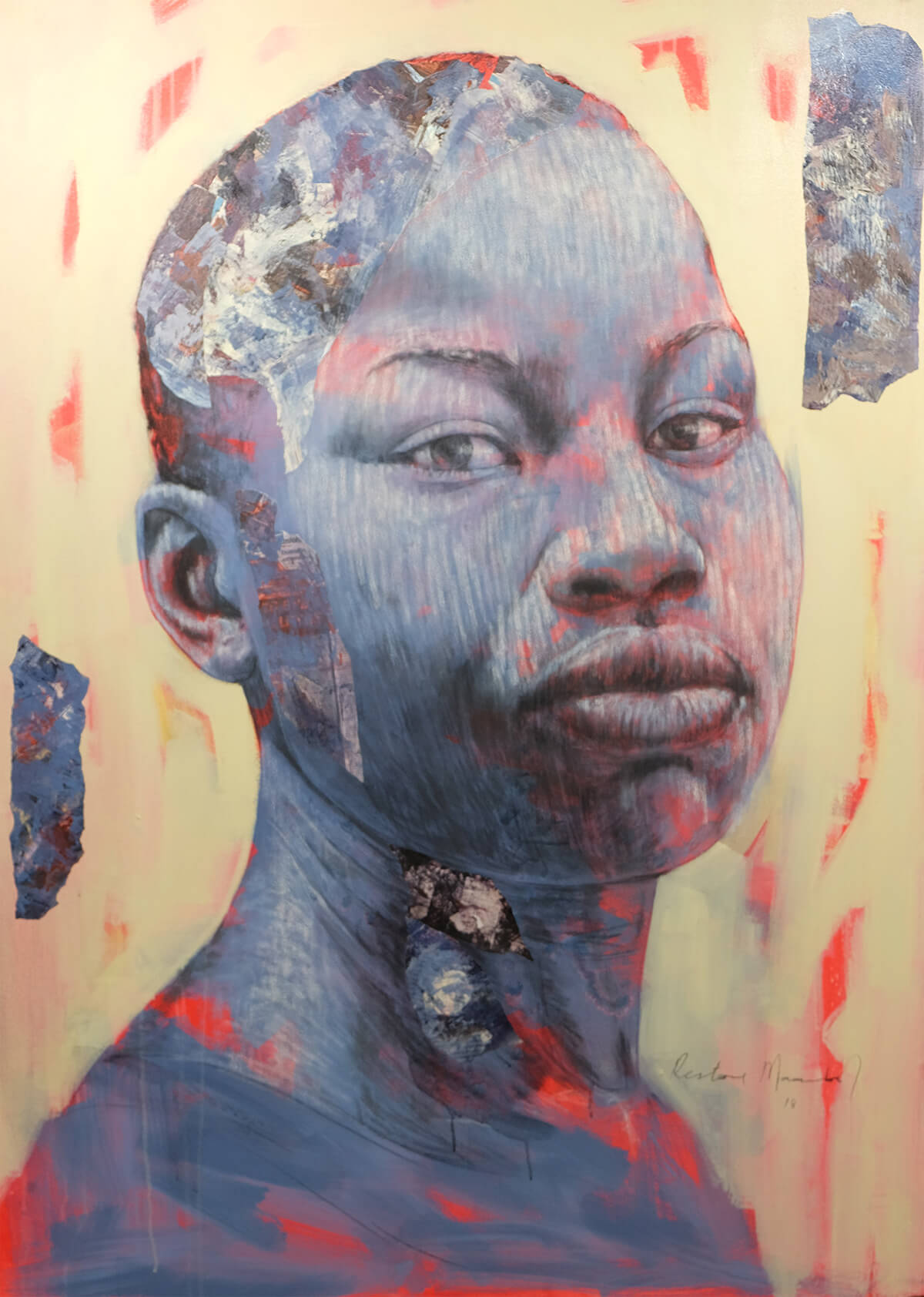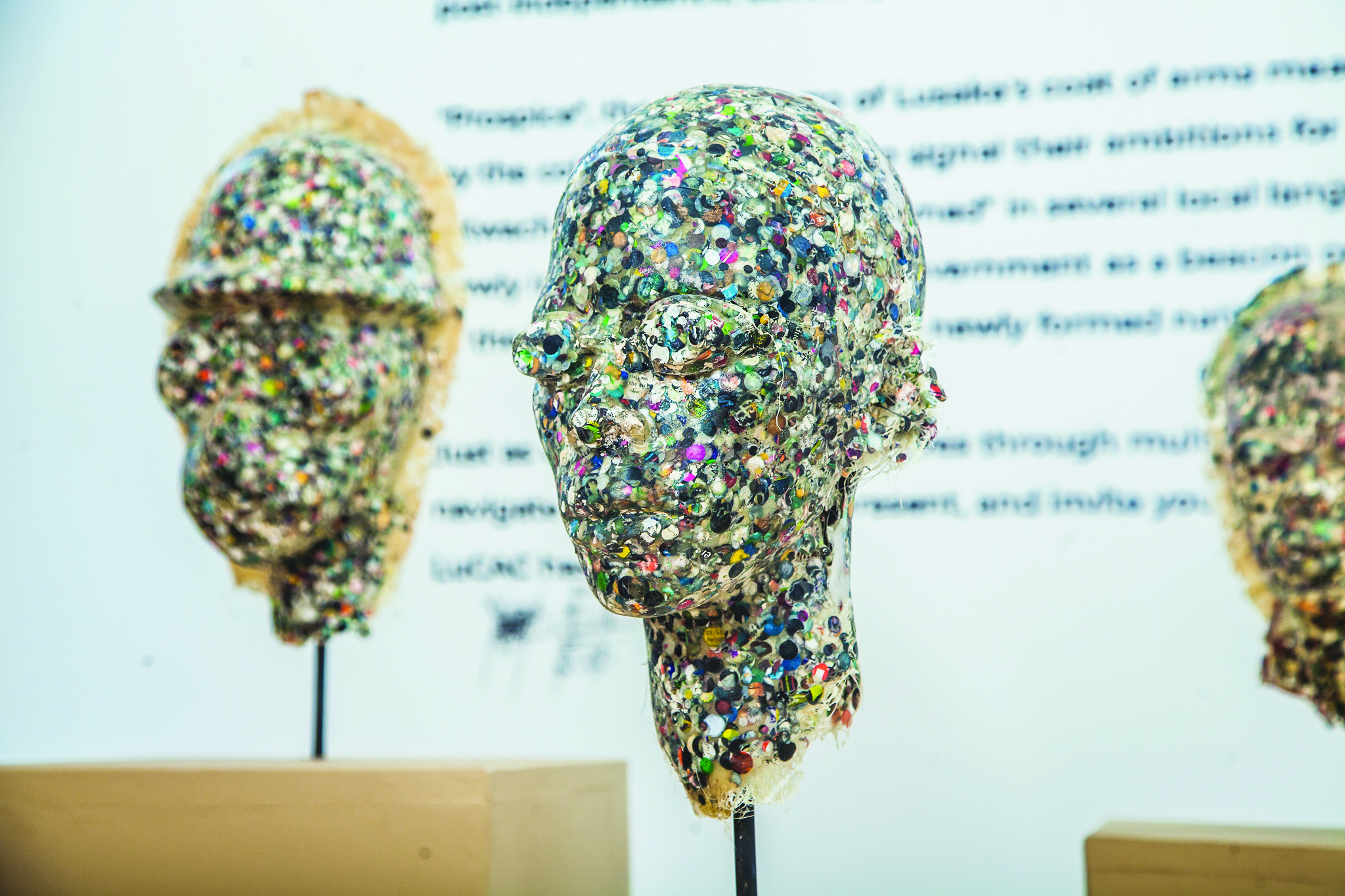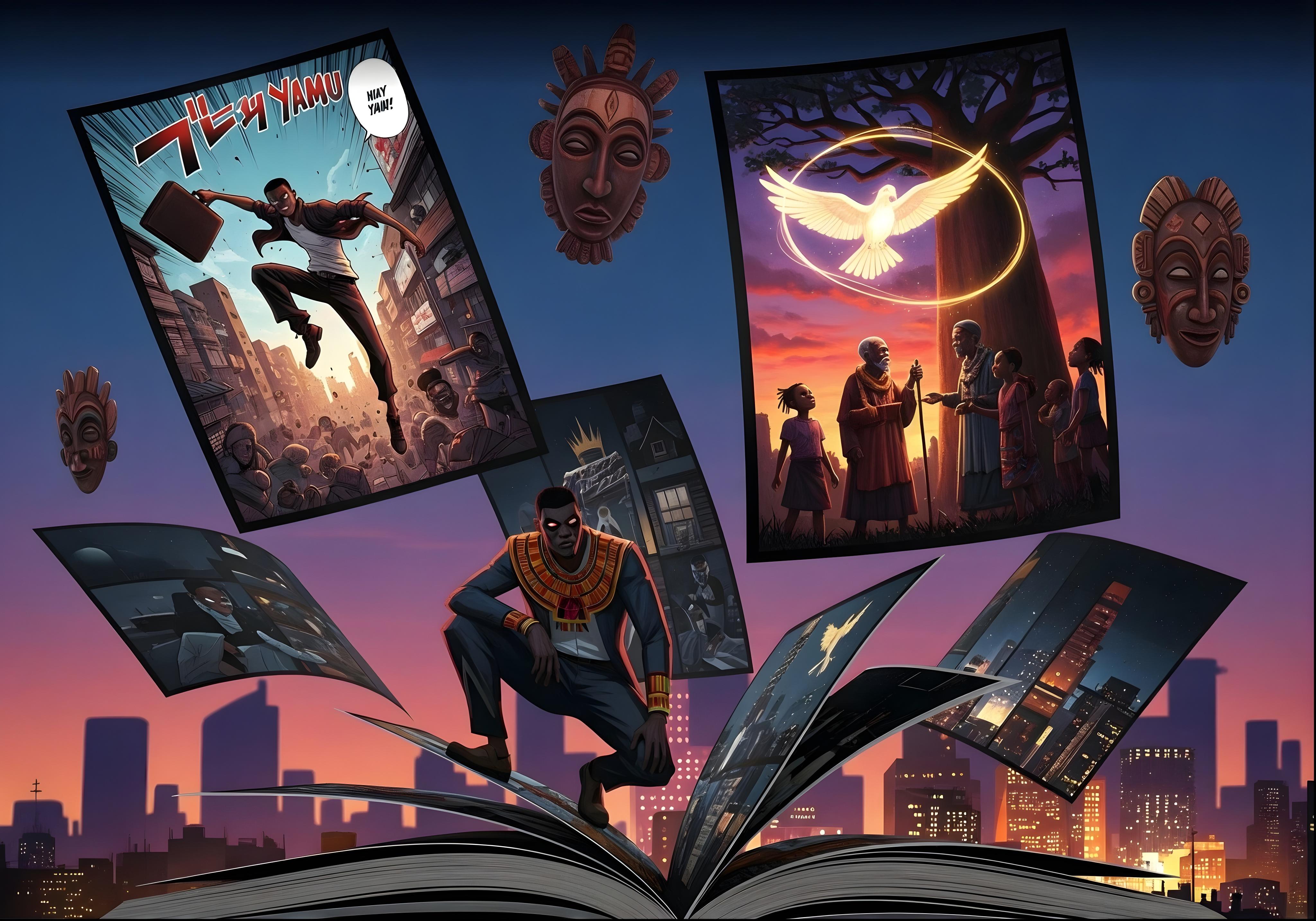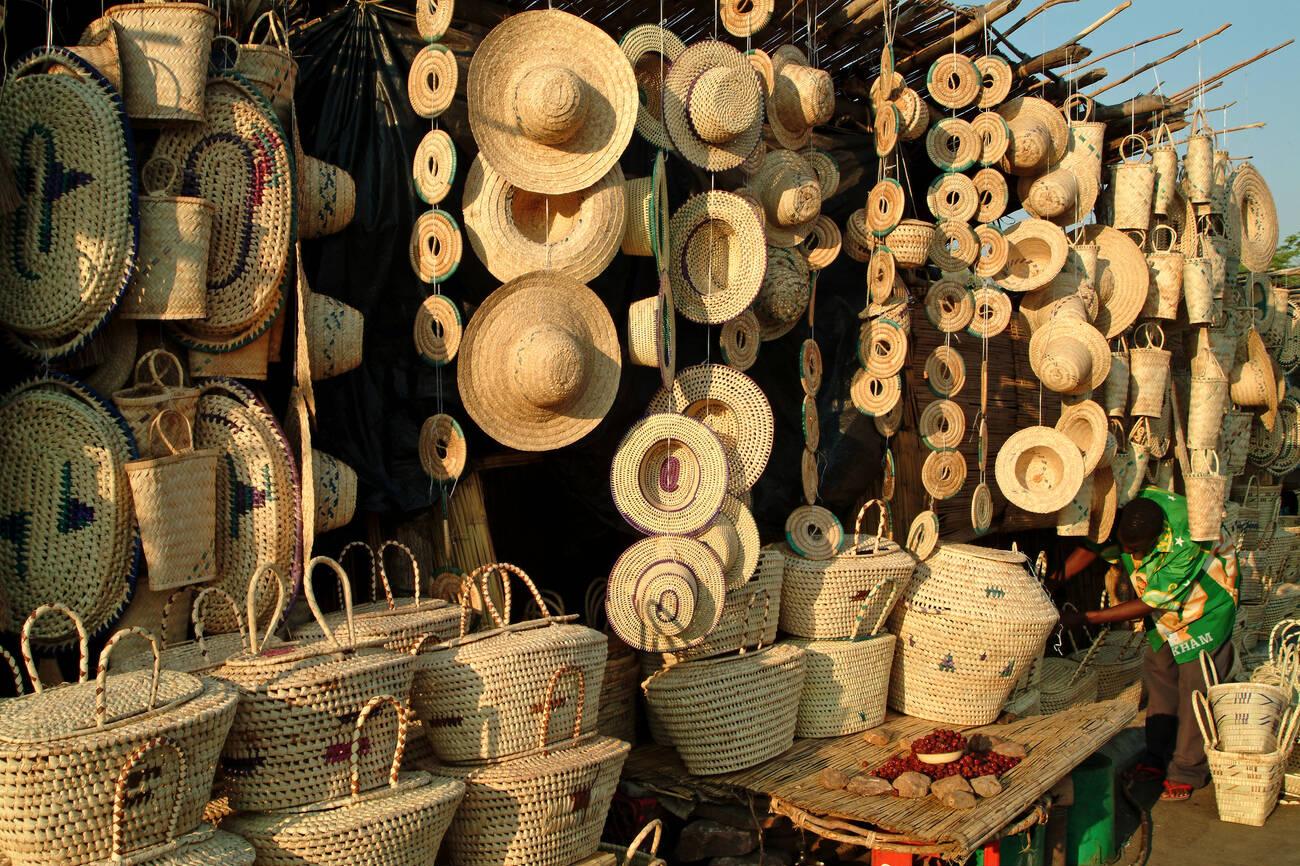THE political and economic ties between Zambia and South Africa are so pronounced that other essential connections between the two countries are almost forgotten. One often overlooked area is that of cultural diplomacy, which is nonetheless forging a strong social bridge across the Limpopo.
There is an intriguing trail of visual art created by renowned Zambian artists in important public and private spaces in South Africa. Arguably, the trailblazer of Zambian art in South Africa is the 1997 painting entitled Gender Masses. It occupies a prime position in the press room at the South African Reserve Bank. The painting is a fusion of realistic and abstract style plugged from Miko’s creative pedigree anchored by his ‘Echoes of my Mind’concept. It is impossible to miss this painting when one enters the South African Reserve Bank press room. Miko recalls receiving an excited call from fellow artist Geoffrey Phiri (who is based in South Africa) when he spotted Gender Masses during a television broadcast from the Reserve Bank. Gender Masses is just one of the many Zambian paintings that makes Zambian art lovers proud.

Elsewhere in Johannesburg is the painting titled Ghetto Reconstruction done by Zenzele Chulu. The painting was bought by Moona Mokoena proprietor of Gallery MOMO and now forms part of the gallery’s collection.
Zenzele created this work during his 2005 artist-in-residence program at Greatmore Studios in Johannesburg. The pan-Africanist Zambian artist who is largely inspired by Egyptian mythology left a huge impression in the rainbow nation with Ghetto Reconstruction. Although, the painting was done some 14 years ago it could be seen to resonate with the recent xenophobia occurrence in South Africa.
Zenzele was inspired to paint ghetto reconstruction during the time South Africa was preparing to host the 2010 FIFA World Cup. At the time the country had embarked on massive renovation of its infrastructure. Zenzele saw hope in the people because of the face-lifting of the townships. He was equally hopeful that the black community would be rescued from poverty, which in his view was the root cause of the violence culture he had witnessed on the side lines of the city. Zenzele saw the ghetto as a symbol of poverty and frustration, a breeding ground for criminal activities and a place which the apartheid regime employed to fan black on black violence. Zenzele recollected these elements of South African townships and presented them in his painting, which could be seen as a portrait of South Africa through his creative lens.
Mulenga Mulenga joins the ‘Limpopo bandwagon’ with her work art piece titled Possessed by Disguise, a mixed media painting that departs from the concept of self- identity and culture. Mulenga employs the painting as a metaphor to highlight how, in her view, African women are enslaved by problematic notions of beauty based on Western standards. The painting is done in her own trademark style, employing mixed media on canvas. It is composed of a figure behind an ethnic mask complete with collage of synthetic hair. The carefully painted background is adorned with female figures that she has almost invented. The figures have round heads long necks and long winding hair with torsos shaped like combs. In fact, she actually attaches real plastic combs and other found objects on canvas. Possessed by Disguise was showcased during the 2016 Barclays L’Atelier Absa Competition Exhibition in Lusaka and was later acquired by a private South African collector.
Mulenga’s body of works brings to the fore the traditions rooted in social roles and identities. She also critically considers current and historical representation of female black bodies within the context of post-colonial Zambia. And her creative philosophy thrives on revisiting and re-imagining old and new narratives that connect discourse within contemporary society.
Aaron Mulenga is one artist who recently showcased some rare breed of art during his MFA graduation exhibition held last August at Rhodes University in Western Cape. In the show dubbed “Ichilengwa na Lesa*- Transcendence through Flight” Aaron embarked upon an extraordinary journey, which consisted of interrogating his own my life by looking introspectively at what he views as the cornerstone of his existence – His faith. Aaron looked at his faith and the relationship with God as a pinnacle of his life.
However, Aaron is quick to admit he does not have a complete understanding of who God is. Aaron’s dilemma was vividly exhibited through his body of works illustrated through sculptures, installations and performances. Perhaps, classical motifs of Aarons ‘quest of interrogating religion in general was also seen through pieces such as the Trinity, Last Supper and Transcendence Through Flight, among others.
However, a huge footprint of Zambian art in South Africa can be seen through, Cape Town- based Restone Maambo who has sold over 500 paintings in that country. Restone moved to South Africa15 years ago during the infancy of his career. His headways into the country’s art industry was eminent five years later, after support from Yellowwoods (formerly a Spier Hotel/Nandos art initiative) to support upcoming artists. Restone’s paintings, which are created in his found style of a rusty- feel plate strokes, are a reflection of his upbringing and his surrounding communities in both Zambia and South Africa.








